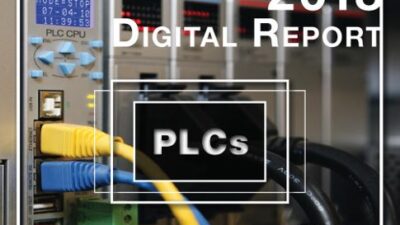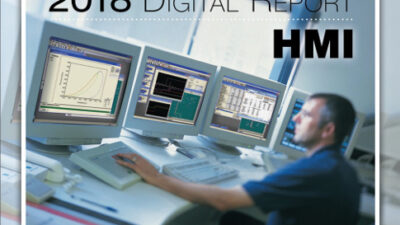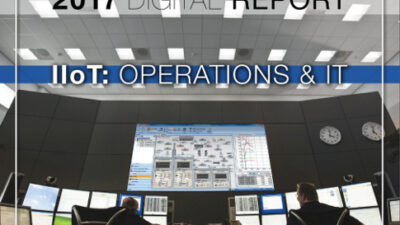November 2, 2005
Project Status Summary:
1. MF software design 100%
2. MF software code complete 100%
3. UF software design 100%
4. UF software code complete 100%
5. HMI software code complete 75%
We reached code completion for the ultrafiltration (UF) skid equipment modules. The UF graphic displays are all that remain to reach 100% code completion for the project. We have begun internal alpha testing of the harvest tank and micro-filtration skid in parallel with completing UF graphics.
Another interesting change developed this past week. The customer informed the skid builder that a ControlNet card was needed in the UF PLC for a few remote points on a transfer panel. Luckily, the customer copied us on his e-mail to the skid builder. I say luckily because we may not have been notified otherwise. This is a relatively small change to the I/O scan, but we prefer to make the change in our labs than in the field.
Customer Acceptance
We are quickly approaching completion of the development phase of the project. We have scheduled the Customer Acceptance Test for December 13– 16, 2005 in our San Francisco office. We expect to be complete with all development, all internal testing, and all formalized development testing before that date. When the customer arrives, they may choose to execute a formal test or informally review and test the software. We prefer that a customer do their best to explore the software and even try to break it – if they can. It is difficult to overemphasize how much easier it is to change software in our development labs than at a customer site. End users should always review vendor software before it is shipped.
I recommend executing a formal test followed by some type of stress testing. Stress testing could be nearly anything including cycling HMI power unexpectedly to see how to restore the system and to see if the controls are still running in the controller. Do recipes resume where they left off? Do the phases go to a hold state? Try the click test where a user simply clicks on HMI hot spots as quickly as possible to see if the system locks up when a user works quickly– the system should never lock up. Try logging out when a dialog box is displayed. Try entering strings in integer fields and visa versa. Try changing screens rapidly. Try starting then immediately stopping a sequence. Click the same button repeatedly or click and hold a button that would normallybe clicked momentarily. Try anything that seems out of the ordinary. The system should allow this behavior without adverse or unexpected results.
I also recommend that operators see the software before it leaves the lab. We have received many good suggestions from operators related to ease of use and practical use features that we welcome such suggestions–before the software reaches the field.
What’s Next?
Project code completion is expected next week. The HMI displays are the final piece of the development puzzle so I’ll spend some time reviewing the graphic displays. Initial internal testing– alpha testing – will be performed over the next few weeks. This should expose initial coding errors and potentially a few design issues as we compare a simulated process to the documented design.


